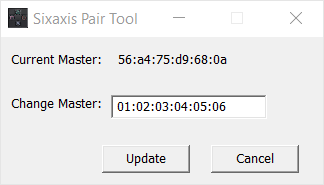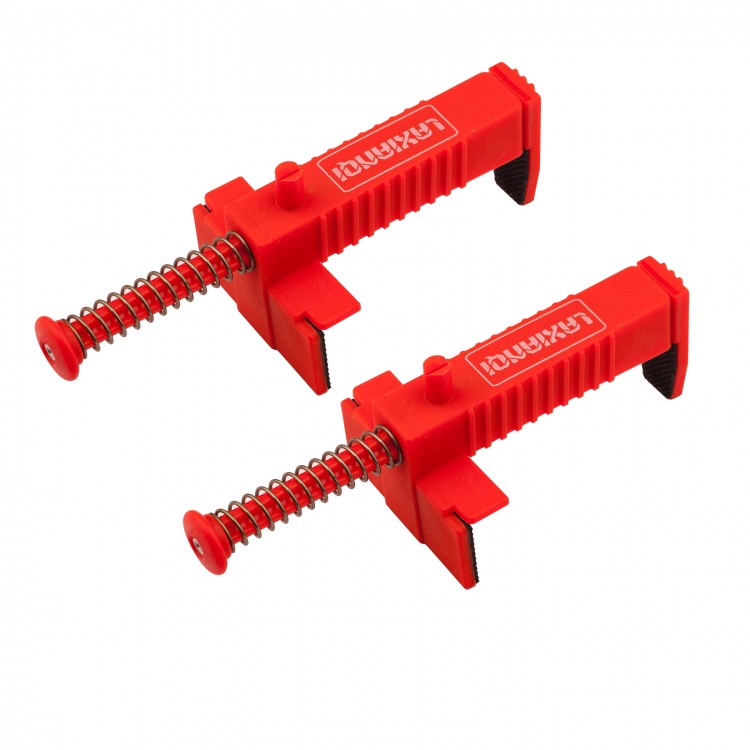


> from spatialmath import SE3 > import numpy as np > R = SE3. The pose T can also be displayed as a 3D coordinate frame: The orientation of the new coordinate frame may be expressed in terms of Euler angles (line 9)Īnd components can be extracted such as the rotation submatrix (line 11) and translation (line 15). SE3.RPY() is a class method that acts like a constructor, creating an SE3 instance from a set of roll-pitch-yaw angles,Īnd SE3.Rx() creates an SE3 instance from a pure rotation about the x-axis.Īttempts to compose with a non SE3 instance would result in a TypeError. Where composition is denoted by the * operator and the matrix is printed more elegantly (and elements are color For example, the previous example could be writtenġ > from spatialmath import * 2 > T = SE3 ( 0.5, 0.0, 0.0 ) * SE3. Provides abstraction classes SE3, Twist3, SO3, UnitQuaternion, We use classes and data encapsulation to address all these issues. That all elements of the list have the same type.
#Sixaxis pair tool 0.3.1 code
The firstĪpproach is cumbersome and reduces code clarity, while the second cannot ensure Transformations or unit-quaternions, or place them in a list. WeĬould add an extra dimension to the matrices representing rigid-body Thirdly, in robotics we often need to represent time sequences of poses. Unit-quaternion has to respect the double mapping. Transformations (matrices \(\in \SE\), and equality testing for a We therefore need tools to represent quantities such as rigid-body Mobile robotics has the same requirement, but generally for 2D Robotics and computer vision require us to describe position, orientation and Use of UniCode characters to make console output easier to read Support Python notebooks which allows publication of static notebooks (for example via GitHub) and interactive online notebooks ( ). Modular approach to interfacing to different graphics libraries, simulators and physical robots. This sidesteps ROS constraints on operating system and Python versions. High code-quality metrics for test coverage and automated code review and security analysisĪs few dependencies as possible, in particular being able to work with ROS but not be dependent on ROS. Hosted on GitHub with continuous integration using GitHub actions Utilize WebGL and Javascript graphics technologiesĭocumentation in ReStructured Text using Sphinx and delivered via GitHub pages. Support branched, but not closed-loop or parallel, robots Modified), elementary transform sequences, and URDF-style Support models expressed using Denavit-Hartenberg notation (standard and Se(2) and se(3) and Featherstone’s spatial vectors. Rigid-body motions as SE(2) and SE(3) matrices or twists in Represent rotations as SO(2) and SE(3) matrices as well as unit-quaternions The design goals of this version can be summarised as new functionality:Ī superset of the MATLAB Toolbox functionalityīuild on the Spatial Math Toolbox for Python which provides objects to Subsequent attempts have all met the same Started in 2008 but ultimately failed for lack of ongoing resources to completeĪ sufficient subset of functionality. The imperative for a Python version has long existed and the first port was Google Groups was established in 2008 and as of 2020 has over 1400 members. Version control tools including rcs, cvs, svn and git. Servers, Google code and currently GitHub and maintained under a succession of The code was formally open sourced to support its use for the third edition of On the Spatial Math Toolbox for MATLAB (SMTB-M) in 2019. Major refactorings led to the current state of three toolboxes: Robotics Toolboxįor MATLAB and Machine Vision Toolbox for MATLAB (1999) both of which are built Over time additional functionality was added, in particular for vision, and two Retrospect) early design decisions hinder development. An adverse consequence is that many poor (in New graphics and new tools such as IDE, debugger, notebooks (LiveScripts), appsĪnd continuous integration. Lists (cell arrays) and strings, myriad of other improvements to the language, The MATLAB language and ecosystem, such as the addition of structures, objects, It has evolved over 25 years to track changes and improvements to Peter Corke’s PhD research and was first published in 1995-6. The Robotics Toolbox for MATLAB® (RTB-M) was created around 1991 to support This is a modified version of a paper accepted to ICRA2021.


 0 kommentar(er)
0 kommentar(er)
